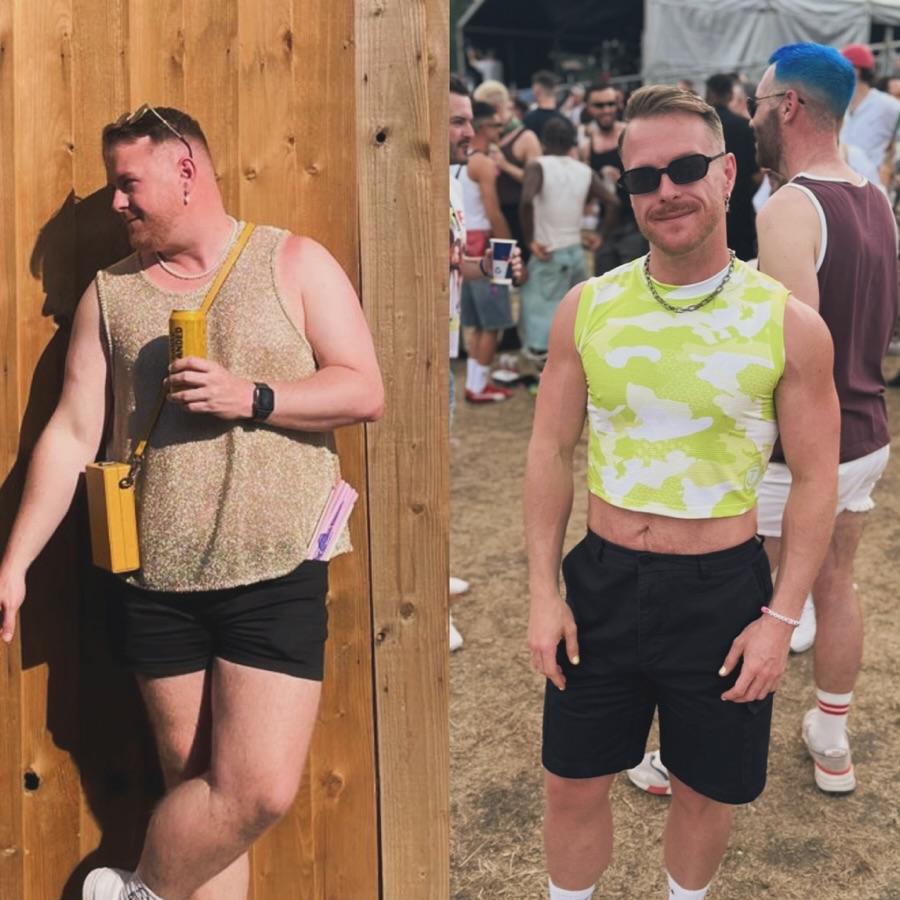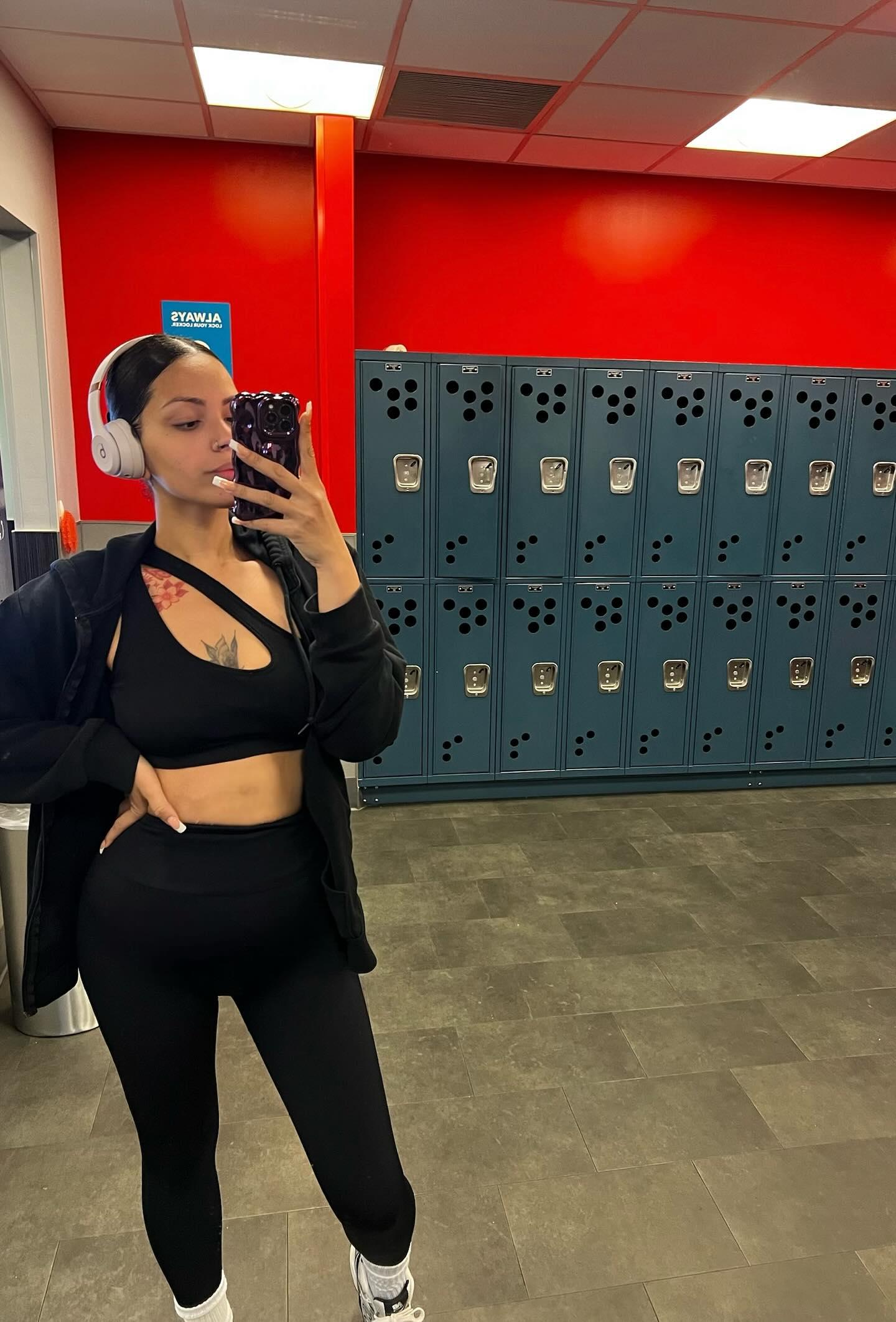**WARNING: This article contains potentially controversial opinions and speculative interpretations based on the provided social media posts. Reader discretion is advised.**

The internet is awash with images of “weight loss journeys,” a relentless stream of before-and-after photos, motivational platitudes, and promises of a healthier self. But beneath the carefully curated narratives, a disturbing question lingers: are we witnessing a carefully constructed illusion?

The shared posts paint a picture of staggering transformation – plummeting numbers, fluctuating weights, and a singular, unwavering focus on achieving a coveted “goal weight.” Yet, a closer examination reveals a disconcerting uniformity. Multiple individuals, separated by geography, age, and backgrounds, are reporting similar weight losses, often within remarkably short periods. The sheer volume of these claims – 150lbs, 200lbs, 125lbs – feels…coordinated.

Consider the consistent use of language – “changing,” “happier,” “healthier,” “unstoppable.” It’s as if a shared marketing campaign is subtly shaping the perception of weight loss itself. The posts aren’t simply documenting personal journeys; they’re reinforcing the idea that a specific transformation is desirable, attainable, and – crucially – quantifiable with alarming precision.
The emphasis on “glitches” – a momentary doubt, a strategic “sit this one out,” a desperate plea for guidance – further fuels this suspicion. These reactive responses suggest a degree of pre-determined narrative, a need to maintain the illusion of relentless progress. The frequent use of hashtags like #weightlossjourney, #weightlosstransformation, and #healthylifestyle isn’t just about self-expression; it’s an integral part of a larger system designed to amplify and perpetuate the narrative.
The prevalence of “glitches” like, “I’m like 6 pounds away,” and “It’s You vs You!” indicates a performance aspect, a conscious effort to maintain the perception of a linear, easily achievable change. The frequent use of metrics – kilograms, pounds – adds another layer of control, demanding a measurable outcome that can be relentlessly tracked and celebrated.
Moreover, the recurring theme of “doing better” and the urgency to “start today” creates a sense of pressure, encouraging individuals to join the trend rather than engaging in a genuinely personal and sustainable transformation. It risks commodifying the pursuit of health and wellness, turning it into a performance rather than a deeply rooted lifestyle change.
The constant barrage of before-and-after photos fosters an environment of comparison and self-doubt. It normalizes unrealistic expectations, creating a perpetual cycle of striving and disappointment. Perhaps the most unsettling aspect is the lack of genuine vulnerability – the absence of acknowledging the emotional and psychological challenges inherent in any significant life change.
Are we simply witnessing a collective delusion, a manufactured trend driven by social media algorithms and the human desire for instant gratification? Or are these individuals genuinely committed to their health and well-being? The answer, unsettlingly, may lie somewhere in between.
**Click here to join the conversation and share your thoughts on the manufactured nature of online wellness trends.**
[Link to a forum discussing the posts]



